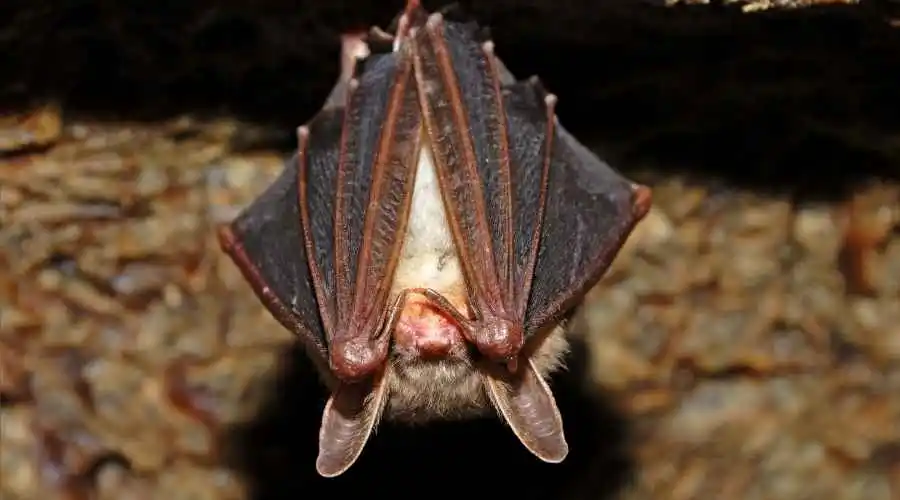If you’ve never dealt with a bat infestation in your home, it’s probably not your first thought. Unfortunately, some California residents must deal with the issue of bats nesting on their property, which can occasionally produce situations reminiscent of Halloween.
Whether you think bats in your attic to be charming or horrifying, you could be in serious trouble if they take up residence there. The waste products they leave behind and the risk of bites threaten public health.
What attracts bats to your home initially?
When bats decide to reside indoors, they seek out generally quiet, poorly lighted spaces with easy access to the outdoors so they can graze at night. This category includes barns, chimneys, attics, and wall voids.
According to the National Wildlife Federation, hibernating bats can withstand temperature fluctuations up to 120 degrees Fahrenheit.
Due to how secretive bat nests can become, it is not uncommon for years to pass before a homeowner discovers a bat colony in their home.
The following are signs that bats may be inhabiting your home:
- The feces are piled in one attic section or near the entrance.
- Insulation in the attic has been damaged by rain.
- There are urine stains on the walls of the attic.
- The presence of human waste most likely causes the strong ammonia stink that permeates your attic.
- Hearing background noises, such as scraping or squeaking.
- Seeing the actual bats, either dead or alive.
If you return home to discover a bat in the living room or attic, it was probably there by accident. Bats can find holes in the attic that go outdoors, but they may become entrapped in your bedroom and unable to escape.
Are bats in my community a good addition?
According to the Rutgers University New Jersey Agricultural Experiment Station, most people have misconceptions regarding bats. Contrary to popular perception, bats possess normal vision. In low-light situations, however, their eyes have been modified to improve their ability to recognize prey and avoid obstacles. Many nectar-feeding bats have an advantage while looking for flowers at night because of their capacity to sense UV light.
Most bats, including those found in California, are insectivorous. Bats, significant nocturnal creatures, play a crucial role in reducing the population of mosquitoes, moths, caddisflies, midges, and other small insects.
Bats can precisely assess the size and velocity of their prey via echolocation. If bats are found in your area, you may be able to hear their tiny clicks as they soar across the night sky.
What could be attracting these bats to my residence?
Bats are creatures who adhere to routines. If they are successful, they will continue to spend each year in the exact location. The same bats will most likely return if you don’t effectively restrict access points. Each year, bats produce one or two young, which they covertly rear in your attic or chimney.
You risk being bitten if you do not take action and contact your local pest control or wildlife management business. Rabies can infrequently be spread through saliva from bats to people.
What would it take to prevent bats from entering the attic?
The price of bat control depends on the size of your home and the labor necessary to provide adequate preventative services. For instance, deploying bat control measures in residences with a single bat entry point is typically less expensive than in places with multiple exposed access points.
Where can I find professional help?
The ability of municipal animal control departments to eradicate bats that have taken up residence in homes or barns is limited. If you have questions about the techniques used to eliminate bats from your city or county, please get in touch with your local Animal Control office.

